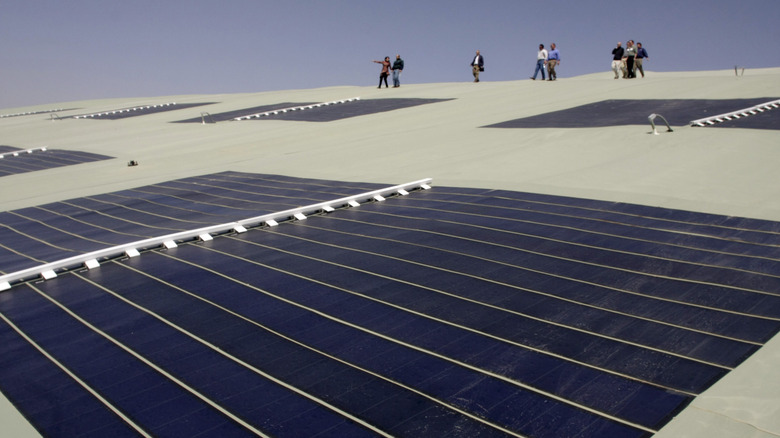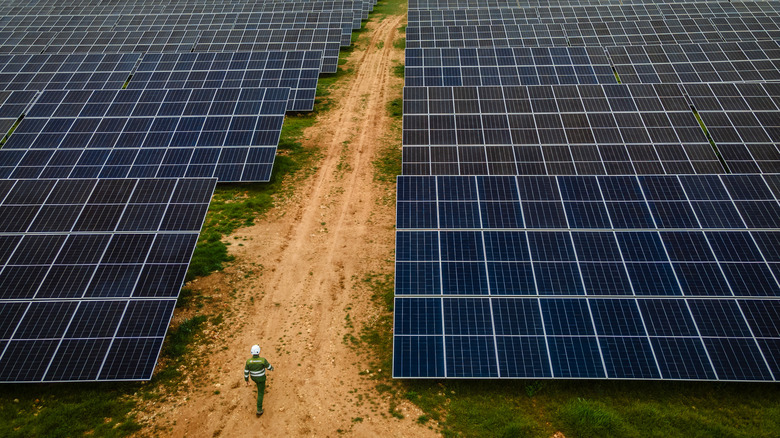
Bloomberg/Getty Images
By C. Gordon/
The challenges in recycling solar panels

Bloomberg/Getty Images
While solar panels are almost entirely recyclable, up to 90% make the inevitable trip to a landfill because it’s less expensive to dump them rather than recycle. Today, both individual customers and businesses that use them often don’t see enough of a return on investment in recycling the materials. According to Wired, even though solar is a small fraction of the total electronics waste around the world, recycling panels is not as easily accessible as for other electronics, in part because recovering valuable materials like silver and silicon require specialized recycling techniques that aren’t as broadly available. Some panel materials, such as lead, may break down and contribute to environmental issues too.
Fortunately there are companies looking to offset these seemingly dire statistics. Solarcycle, which has locations in California and Texas, is working to extract 95% of the materials from dead solar panels and work them back into the supply chain, where they can be used to create new panels for homes, camper trailers, or even RVs. First Solar, the largest solar panel manufacturer in the U.S., was also recently awarded «$7.3 million in research funds to develop a new residential rooftop panel that is more efficient than current silicon or thin-film modules,» reports CNBC. These are just a few of the companies around the world looking to solve this issue, with the long term goal of ensuring most solar panels continue soaking up the sun on roof, rather than rotting in a landfill.